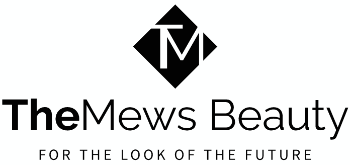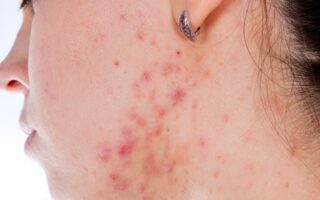Everyone has facial hair, it’s normal, and you have the option to leave it as it is. However, some people prefer to remove some or all of it. If you’re looking to remove your facial hair, there are numerous safe and effective ways.
However, choosing the right hair removal method can be difficult with the many available options. Fortunately, this article outlines some of the best hair removal methods and which one suits you.
Table of Contents
Epidermal Levelling
Epidermal levelling is a method that involves the use of a special blade to remove dead skin and facial hair gently. This method helps with product penetration, such as makeup application and skin peels. The skin types that suit epidermal levelling include dehydrated skin, ageing skin, oily skin, thickened skin, and congested skin.
While it’s safe and painless, it should be avoided by people with bleeding disorders or keloid scarring. It should also be avoided if the skin has active acne, eczema, psoriasis, active cold sores, open skin, or rosacea.
Waxing
Waxing is another way to remove facial hair. It involves applying warm or melted wax on the skin and then removing it once it cools. When removed from the skin, it takes away the hair with it. Waxing is an effective way to remove facial hair; results can hold for several weeks. However, it’s more painful than other methods as it removes hair from the roots.
There are two types of wax: soft and hard wax. Soft wax is made from rosin, oils, and other additives. It is applied and removed using a strip against the direction of hair growth.
On the other hand, hard wax is made from resin, beeswax, and oils. It hardens on its own and doesn’t need strips to remove. When removing facial hair, settle for soft wax as it’s designed to be used on the face. Hard wax is more suitable for your legs and bikini area.
When waxing your facial hair, be cautious of the delicate parts of your face, such as the nose and ears. Moreover, if your skin has warts, sunburn, moles, or varicose veins, you shouldn’t wax. Also, if you’ve used isotretinoin within the last six months or have diabetes, you should avoid waxing.
Shaving
Shaving is one of the easiest, cheapest, and fastest ways to get rid of facial hair. Although effective, the results are temporary as shaving removes hair to the same level as the skin, meaning it grows back quickly. Shaving is considered the best method for sensitive skin as you have control over the kind of razor and amount of lubrication you use. There are two types of shaves: a dry shave and a wet shave.
A dry shave uses an electric razor; you don’t have to use shaving foam or water. To dry shave:
- Cleanse your face to remove dirt and oils, and dry it off with a clean towel.
- Stretch the skin to create a smooth surface, and slowly run the razor over the area in the direction of hair growth.
- Keep the blade at right angles for effective shaving.
A wet shave uses a disposable razor with either shaving foam or soap and water. To wet shave:
- Wash your face with warm water to remove impurities.
- Apply the shaving foam or soap and water, then stretch the skin and shave in the direction the hair grows.
- Rinse the razor after each stroke.
- Afterwards, wash your face with cold water and dry it with a clean towel.
Although shaving is relatively safe, ingrown hair can be a side effect. Ingrown hair is a painful bump that occurs when shaved hair grows sideways into your skin instead of growing toward the surface.
Tweezing
Tweezing is another hair removal method that entails pulling out hair from the root. This method removes one hair at a time, thus making it suitable for areas with minimal hair as it’s time-consuming. Tweezing is relatively painful and can cause redness in the area, but this eventually fades away. Before starting the process, remember to disinfect the tweezers before and after plucking the hair.
Which Method Suits You
Deciding which method of facial hair removal works for you is a crucial step. The method that suits you will depend on your preference, pain tolerance, skin condition, and desired results.
For instance, if you’re pain sensitive or your skin is prone to inflammation, waxing and tweezing aren’t for you. Instead, go for shaving or epidermal levelling. On the other hand, if you want long-lasting results, tweezing, waxing, or laser removal are your options, as shaving and epidermal levelling results are short-lived.
If you need help determining which method works for you, it is best to consult your dermatologist.
Conclusion
If you’re thinking of removing your facial hair, all these options are available to you. Sometimes, you may also want to leave everything as it is. But if you want to remove them, choose whichever method is best for your skin. If you notice any unusual hair growth on your face after the procedure, consult your doctor, as this may indicate you have an underlying medical condition.





